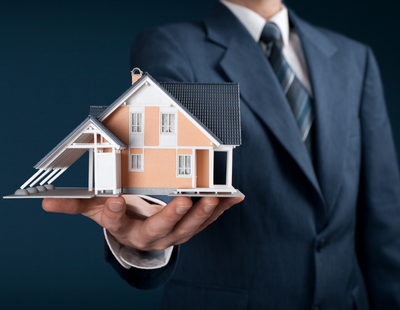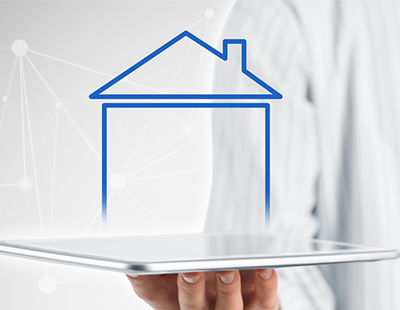Cybersecurity
Typically, the top barriers to smart buildings adoption are cybersecurity, privacy, integrity, and availability of data. Whilst some solutions are beginning to address this issue, the concern remains high on the agenda of most customers. As more and more components connect to the internet, naturally the risk increases and as a result, it will always present a challenge.
Personal data
Building occupants willingness to provide or share personal information and sign up to IoT services is increasingly dependent on the trust they have in the entity responsible for storing and analysing the data, and their intentions in which to use it.
Legacy construction and retrofit process
It is hard for new entrants to break through the complex supply chain and get their solutions specified, due to the rigid procurement process. Within the new build process, smart systems aren’t considered until the later stages, stifling innovation, and causing interoperability issues.
Smart Building Consultants and System Integrators aren’t standard on every project. There is a real need for people who possess knowledge of networking, systems integration, data management and data security. Without the contribution of appropriately skilled building automation and IoT specialists to the process, sub-optimal lowest cost options with limited interoperability are often selected.
Interoperability
Building systems on new build projects are often commissioned with little regard for overall systems interoperability or compliance, and there is little incentive for vendors providing each system to collaborate on systems integration if a dedicated Smart Systems Consultant or Systems Integrator is part of the team. However, open standards are now a lot more common; there is a steady progression from proprietary to open across the industry.
However, it is not all bad news. Where there are challenges, there are opportunities also for the Smart Buildings industry to excel.
Partnership and collaboration
A collaborative approach can yield far greater results; it ensures that everyone understands the value of smart technology and how smart systems can be leveraged to deliver improved outcomes in terms of efficiency, sustainability, connectivity, and occupant comfort.
Open standards provide more choice and flexibility throughout the supply chain, allowing the very best solutions to be created and executed. This future proofs buildings as they are not locked into one supplier which is crucial.
Health and wellbeing
The pandemic has increased demand for occupancy analytics, air quality monitoring and control, remote management tools and contactless solutions. There is a focus on encouraging employees back to workplaces, and for customers to venture into shopping and leisure centres once again, offering them a unique experience. There is pressure to make occupants feel safe and instil trust and safety for the wider public too.
Employees are often the most expensive asset within an organisation; prioritising their needs also increases productivity rates, happiness, and retention. By making employees feel safe and looked after, businesses will save money on recruitment costs, sick days, and their overall productivity will increase.
Sustainability
The number one influencers of smart buildings remain cost and energy saving. This is encouraging more businesses to adopt smart technologies that provide improved insight and reveal changes that can be made to not only save costs but also to save energy.
Buildings and their construction together account for 36% of global energy use and 39% of energy-related carbon dioxide emissions annually, according to the United Nations Environment Programme. 80% of buildings in 2050 have already been built; therefore, it is essential we upgrade and future proof them, making them more sustainable.
As well as being driven by Government initiatives to reach net carbon zero by 2050, smart building technologies are consistently specified, high-level data integration is made much simpler, data quality is higher, and long-term systems maintenance/upgrade costs are lower.
To allow the quick adoption of Smart building systems, specialists need to work collaboratively across the supply chain, engaging with forward-thinking clients, lead contractors, systems integrators, smart building consultants and architects, to ensure that everyone understands the value of smart technology and how smart systems can be leveraged to deliver improved outcomes in terms of efficiency, sustainability, flexibility, connectivity, and occupant comfort.
Phil Cross, chief executive officer of amBX states: "As a forward-thinking smart lighting and building software company, we need to be aware of all of the challenges and opportunities within the market both for our own development but also to be able to smart enable other solutions and continue to improve the industry."
"To succeed, we need to work together. No one company can achieve truly smart buildings that address all of the internal and external requirements alone."



















Join the conversation
Be the first to comment (please use the comment box below)
Please login to comment